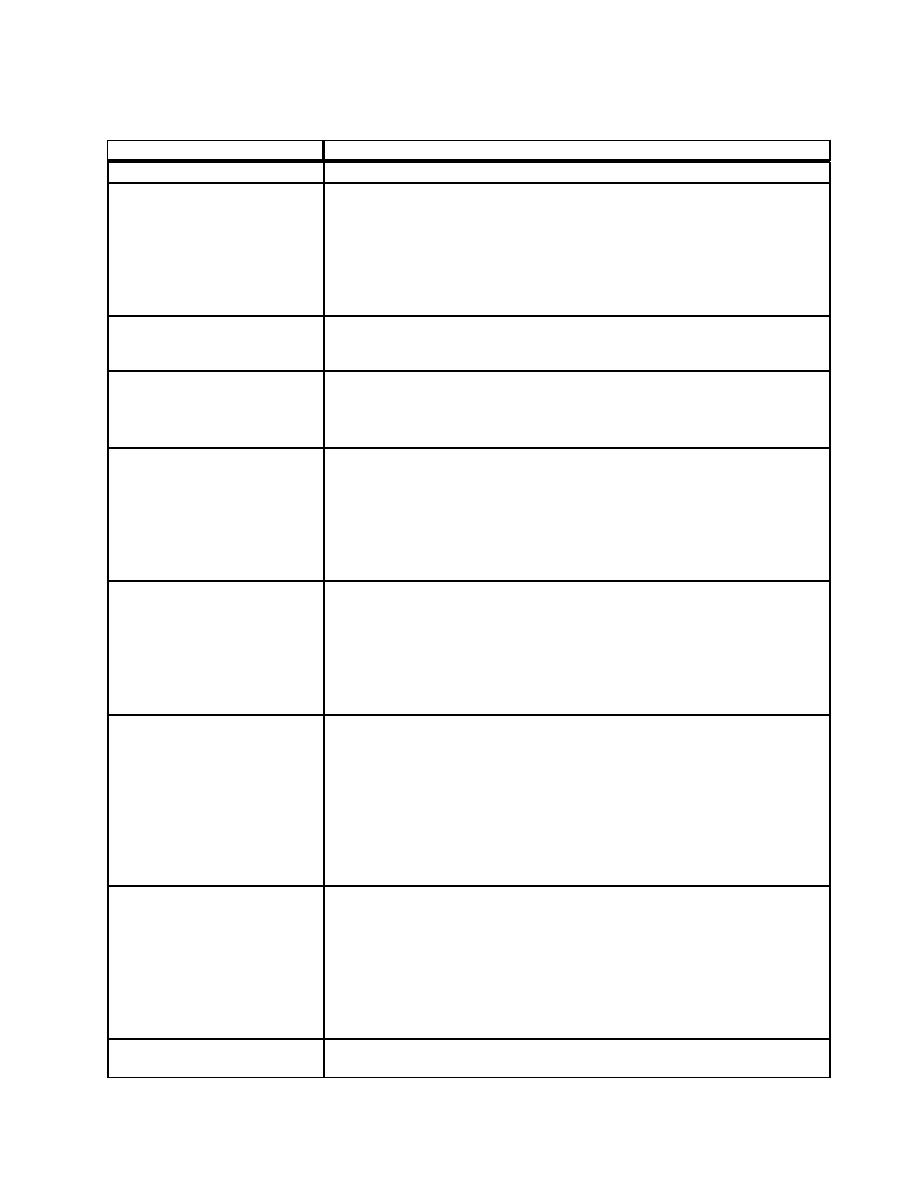 |
|||
|
|
|||
|
Page Title:
Requirements for On-Site Chemical Transportation cont'd |
|
||
| ||||||||||
|
|  DOE-HDBK-1139/3-2003
Sources10
Consolidated Requirements
4.2.2 Cryogenic liquid containers - In addition to the requirements
CGA P-1, 4.7.2
listed above for other compressed gases, cryogenic liquids
must be moved by use of a four-wheeled hand truck
designed to move cryogenic liquefied gas containers with a
capacity greater than 20 gal (76L). Hand trucks must be
kept in good operating condition.
4.2.3 Acetylene - The in-plant transfer of acetylene in cylinders
CGA G-1
shall be in accordance with CGA G-1.
4.2.3.1 Acetylene shall be called by its proper name,
CGA G-1, 5.1.1
"Acetylene." Acetylene shall not be referred to
merely by the word "Gas."
4.2.3.2 When acetylene cylinders are moved, they should*
CGA G-1, 5.2.1
not be subjected to abnormal mechanical shocks
that might damage the cylinders, the valves, or the
fusible pressure relief devices. Care shall be
exercised to ensure that acetylene cylinders are not
dropped or permitted to strike each other violently.
4.2.3.3 Acetylene cylinders should* not be dropped while
CGA G-1, 5.2.2
being unloaded or loaded from a truck or dock.
[NOTE: Trucks with elevator tailgates provide a
very good means of unloading or loading acetylene
cylinders safely.]
4.2.3.4 When transporting acetylene cylinders by crane or
CGA G-1, 5.2.3
derrick, lifting magnets, slings, ropes or chains, or
any other device in which the cylinders themselves
form a part of the carrier should* never be used for
hoisting acetylene cylinders. When transporting
acetylene cylinders by crane, a platform, cage or
ladle should* be if will protect the cylinders from
damage and will keep them from falling out.
4.2.3.5 A positive method such as chaining should* be
CGA G-1, 5.2.4
used in securing acetylene cylinders that are
standing upright. During movement, acetylene
cylinders shall not be transported when lying
horizontally with the valves unprotected in a
position that would allow the valves to collide with
stationary objects.
4.2.3.6 Acetylene cylinders should* never be dragged from
CGA G-1, 5.2.4
place to place.
20
|
|
Privacy Statement - Press Release - Copyright Information. - Contact Us |